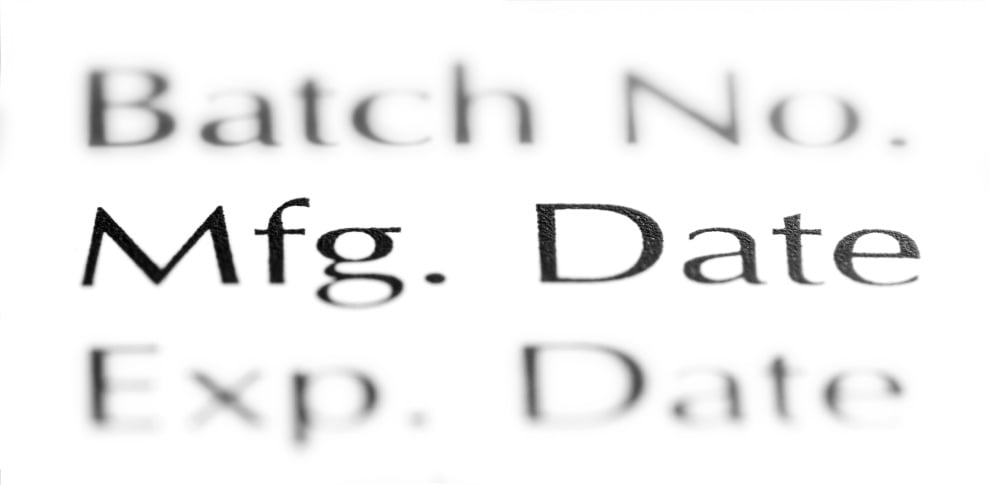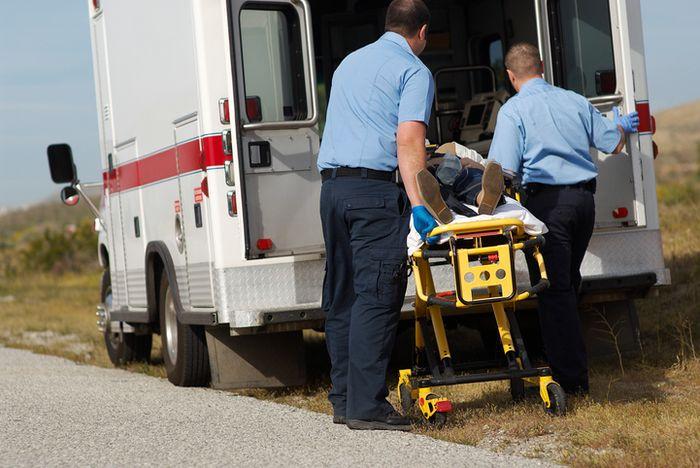Respiratory emergencies among the elderly are common. As an emergency responder, especially if you work in warmer climes – such as Florida and Arizona – where many people go to retire, you will frequently be called upon to administer life-saving treatments for those in respiratory distress.
Read More
Topics:
Emergency medical suction,
Emergency Preparedness
You are about to head out on a call for a 65-year-old man who is reported to be suffering from sudden respiratory distress. Few details are known about this man’s medical history, so you aren’t entirely sure what you are about to encounter. You grab your First In bag, knowing that your airway management tools mean you’re well–prepared for any airway emergency.
Read More
Topics:
Emergency medical suction,
Airway management
Hypotension is clinically defined as systolic blood pressure below 90 or diastolic blood pressure below 60. Slight variations in these figures are normal, and very fit people may have unusually low blood pressure. So it’s important to take into account the patient’s full condition, not just their blood pressure.
Read More
Topics:
Emergency medical suction
The majority of portable suction devices are powered by sealed lead-acid batteries. While this type of battery uses stable and reliable chemistry, it can lose capacity over time and require replacement. When buying a replacement battery for your portable suction device, there are a few things you should keep in mind.
Read More
Topics:
Battery-powered suction,
Emergency medical suction,
Airway management,
Medical Suction
Let's face it: Pediatric patients can be intimidating. They're small, they cry a lot, they require different medication dosages, and, fortunately, we don't run into them with great frequency.
Read More
Topics:
Handheld portable suction,
Emergency medical suction
Flight medics face some of the highest job stress levels of any first responders, often responding to patients for whom seconds matter. In this rapidly changing environment, diligent airway management is critical, particularly for trauma survivors, neonates, and people with serious respiratory health conditions.
Read More
Topics:
Emergency medical suction,
Airway management,
Patient Transport
One of the most stressful emergency calls a paramedic will encounter is a child who can’t breathe. Pediatric emergencies are stressful enough; in the case of an obstructed airway, stress levels can go through the roof.
Read More
Topics:
Emergency medical suction
Traumatic brain injuries are often in the news. Whether the damage is combat-related, work-related, sports injuries, or resulting from falls, much attention is being paid to their causes and treatment. traumatic brain injuries (TBIs) have been elevated to front-page news. The rate of TBIs in America is reaching frightening proportions. Here are some statistics:
Read More
Topics:
Emergency medical suction,
EMS suction
Whether you have a disability, or someone you know has one, disability impacts everyone, at all ages and stages of life. According to the Centers for Disease Control and Prevention, up to one in four (27%) adults in the U.S. have some type of disability, and 12.1% of U.S. adults have a mobility disability with serious difficulty walking or climbing stairs.
Read More
Topics:
Emergency medical suction,
Airway management,
Emergency Preparedness,
medical scenarios,
emt scenarios
If you were to design the ideal portable suction machine for emergency medical situations, what characteristics would you choose? The equipment used by EMS professionals takes a beating on a regular basis. Emergency calls happen in the most inopportune locations at any time of the day or night. The tools must be designed to withstand inclement weather, temperature extremes, and the rough-and-tumble arena of prehospital medicine. And when it comes to something as vital as your portable suction machine, there's no room for error. Let’s look at some important criteria when choosing the ultimate suction machine.
Read More
Topics:
Emergency medical suction,
EMS suction






















